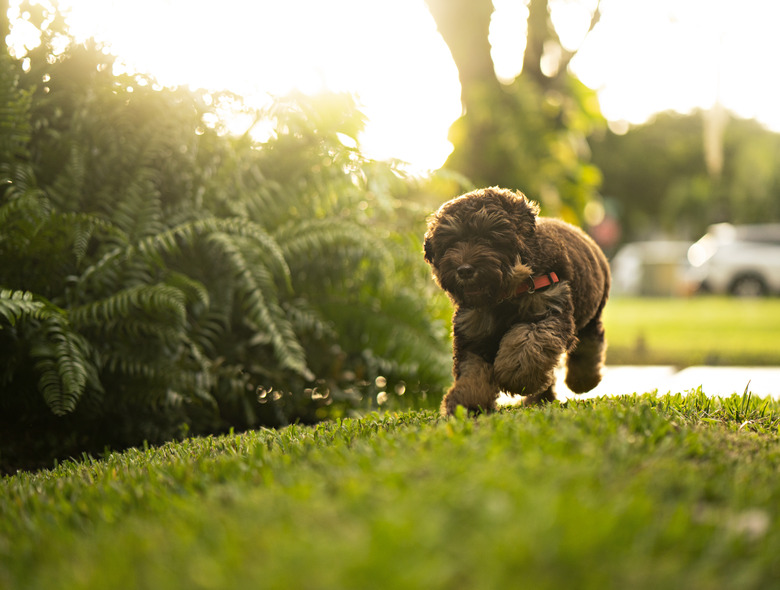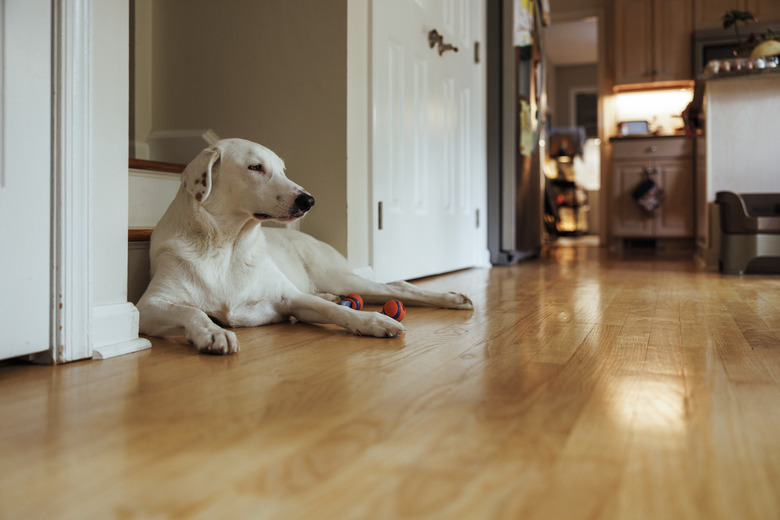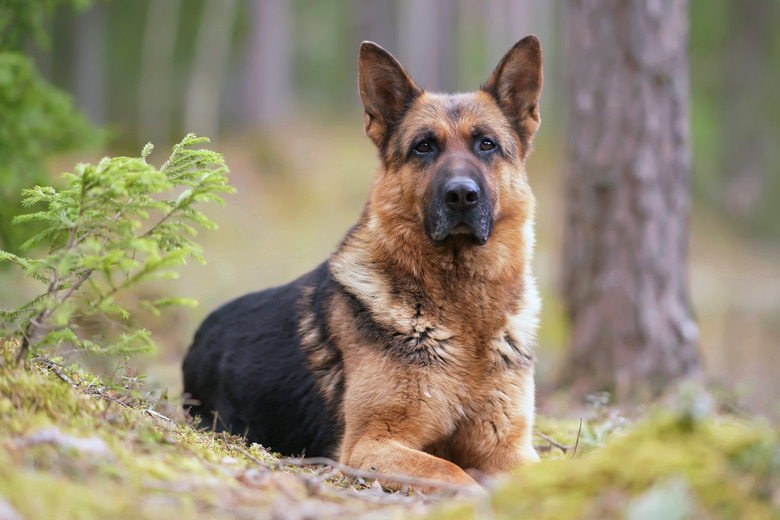How To Diagnose A Dislocated Shoulder In Canines
Canine shoulder dislocation is sometimes also called luxation. As you might expect, especially for an animal who walks on their shoulder joint, so to speak, a dog with a dislocated shoulder has a crippling and painful injury. A shoulder luxation can afflict dogs of any size or breed and can sometimes be a congenital (present from birth) condition.
Owners may notice a sudden limp, lameness, or a diminished desire to play or run after a leg injury. These injuries range from mild to severe, so symptoms are not always immediately apparent. Even partial dislocations, or subluxations, are a taxing and uncomfortable experience for your pet.
Joint luxation in canines
Joint luxation in canines
Joint luxation is the medical term for dislocation. This means complete separation between the bones that unite their movement to form a joint. Subluxation means the bones that form the joint have partially separated. The most commonly dislocated joint is the hip. The second and third most common are the elbow and shoulder.
While it may be easy to diagnose a dislocated shoulder in canines because it changes their behavior so drastically, there is no safe way to treat a dog with a dislocated shoulder at home without first taking the dog to the veterinarian. The DVM will need to determine the severity of the injury to determine how best to treat the dog. There are multiple muscles, ligaments, and tendons involved with holding the dog's shoulder in place, and dislocations usually involve tears in the muscles that need to be treated under professional care.
There are a variety of causes for joint dislocation, but trauma, such as an automobile accident, is the most common cause other than a dog with a genetic predisposition to the condition. Some large-breed dogs, such as Labrador retrievers and German shepherds, are more prone to hip dysplasia, which means their hip bones are more likely to partially dislocate.
Signs of canine shoulder dislocation
Signs of canine shoulder dislocation
The canine shoulder is the joint on a dog's leg closest to the dog's body. The canine elbow is the joint between the paw and the shoulder. The most common signs of canine shoulder dislocation are a sudden reluctance to walk or jump, limping, pain near the joint, swelling of the joint, and constant licking of the joint.
A dog with a dislocated elbow has a condition in which one of the three bones in the elbow—the radius, ulna, or humerus—do not fit together as they should. This could be due to growth abnormalities, genetics, trauma, excess weight, or other reasons.
A dislocated elbow is commonly seen in large-breed or giant-breed dogs. In larger dogs, both elbows are likely affected unless the dislocation is the result of a trauma. Once an elbow joint has been damaged, inflammation and further cartilage damage occurs. This usually leads to progressive elbow problems, such as arthritis, lameness, or loss of function.
Diagnosing canine shoulder dislocation
Diagnosing canine shoulder dislocation
The shoulder joint is a ball and socket joint. With numerous muscles all working together to control the movement, the shoulder has a lot of work to do. It must support the dog's weight, help them change direction, and withstand the force of running and jumping. When there's an obvious trauma, such as a car accident, diagnosing canine shoulder dislocation is relatively easy.
In the absence of an obvious cause, veterinarians look for these symptoms to point them toward the diagnosis of a canine shoulder dislocation during the physical examination:
- Lameness
- Refusal to turn in a specific direction
- Reduction in range of motion
- Shorter gait (smaller steps)
- Inability to put the shoulder in a normal position
Your dog's medical history could turn up a red flag, as could a physical examination. If a dislocated shoulder is suspected but not confirmed, your DVM may need to use an X-ray, a CT scan, or magnetic resonance imaging (MRI) of the affected limb to confirm the diagnosis. Your veterinarian may suggest physical therapy or a surgical procedure based on their findings.
The bottom line
The bottom line
Pet owners are wise to get a veterinarian involved with a shoulder instability issue because a dislocated shoulder is a crippling and painful injury for a dog. This condition can afflict dogs of any size or breed and can sometimes be a congenital (present from birth) condition. Injuries in the shoulder area can range from mild to severe, so symptoms are not always immediately apparent. There is no safe way to treat a dog with a dislocated shoulder at home without first taking the dog to the veterinarian.


